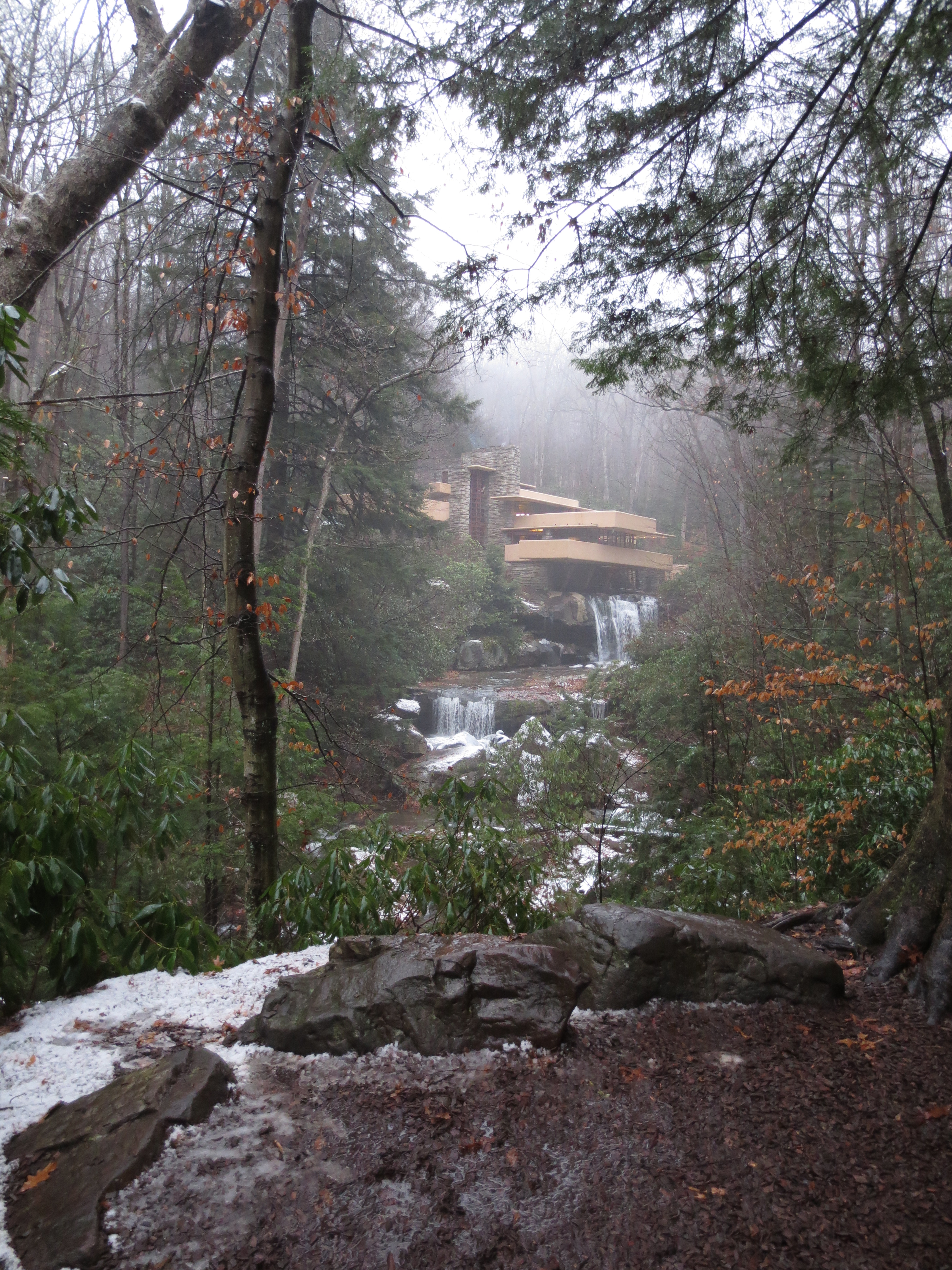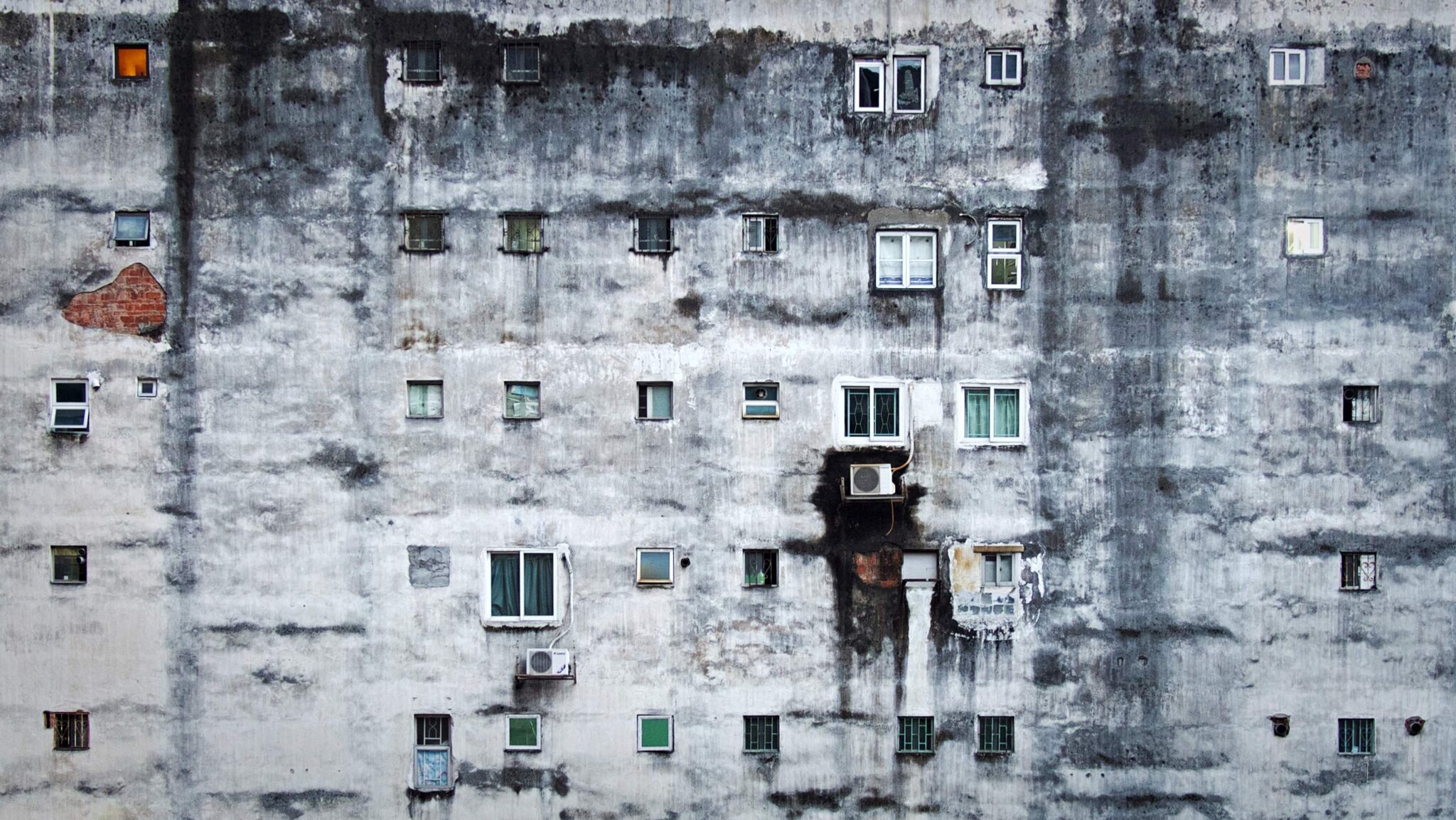By: Erik Winer
“If most people’s goal is to live a happy life, why did I never hear designers explain how they’d built something to make me happy?”
It was a question posed by Mark Wilson in a Fast Company article he penned recently. I had just been scanning through it but it stopped me in my tracks. We’re always designing better places. The mantra we breathe at INTEC Group is that our mission is to enhance the human condition. Happiness is obviously fairly critical to that equation, but are we designing for happiness or other emotions as identified goals?

Luckily, when I get to pondering, I have a think tank at the ready. Our Monday morning staff meetings in the Charlotte Office are structured so we can each take turns posing questions that challenge our thinking and the status quo. I asked, “How many times have you been asked to design a space or building for happiness?”
Crickets. Zero. Never. No client has ever asked for that.
But isn’t it something of significant value? Is happiness design just for, say, Disney? Or is it for the larger society? How many other businesses could benefit from design for emotions beyond Disney; how many intend to but don’t communicate this goal well to designers? What happens when we design for emotions as a root cause goal instead of talking around it? As architects and designers, we’re seeing a lot of change in codes and guidelines around designing for wellness and environmental health, and we’re just starting to grasp how our environments fully affect behavior and emotional health. With more research, design for human emotions might play a significantly larger role in these guidelines than it presently does.

“It’s an evolving thing in the profession,” Greg Grueneich, Senior Project Manager at INTEC, said. “The topic has come up throughout history at various times. Certainly, society saw the impact, for example, with what Communist Russia did for housing – there was efficiency and volume – but they left the human element out completely.” Josh Kieb, Associate Architect at INTEC noted that he has seen research that happiness in the workplace can increase productivity, attract more qualified employees, and increases brand awareness. The negative consequences of unhappy workplace environments could include high employee turnover and lower creativity.
The group agreed there is value in intentionally designing for happiness, so we started to kick around how. According to this article and experts from Lippincott, Disney and SoulCycle, happiness mostly comes from anticipating an event, and remembering it. So Disney takes you through a physical tunnel as a transition space to a world where you can suspend reality for a time, and gives you the “kiss goodnight” with a fireworks show at the end.
Our team, as we typically do, decided to use ourselves as guinea pigs. We each put together a visual board of our own happy places to try to understand where the commonalities might be. Most seemed to be characterized by nature, connection and beauty, with feelings of serenity, wholeheartedness, and joy. Most revolved around some sort of shared experience. Many, no surprise, around food. We weren’t out to codify any guidelines as that takes more research, but it was interesting to hear the discussions that came up in group critiques later that week when we asked each other, would you do anything differently here if you were designing for happiness as a stated goal?
Sometimes, it just takes asking a different question to see new possibilities.
If you have an idea of a happy place, share it on Social Media! We’d love to hear from our readers. Just add: #intheincubatorprhe and #designforhappiness with your comments and questions!
